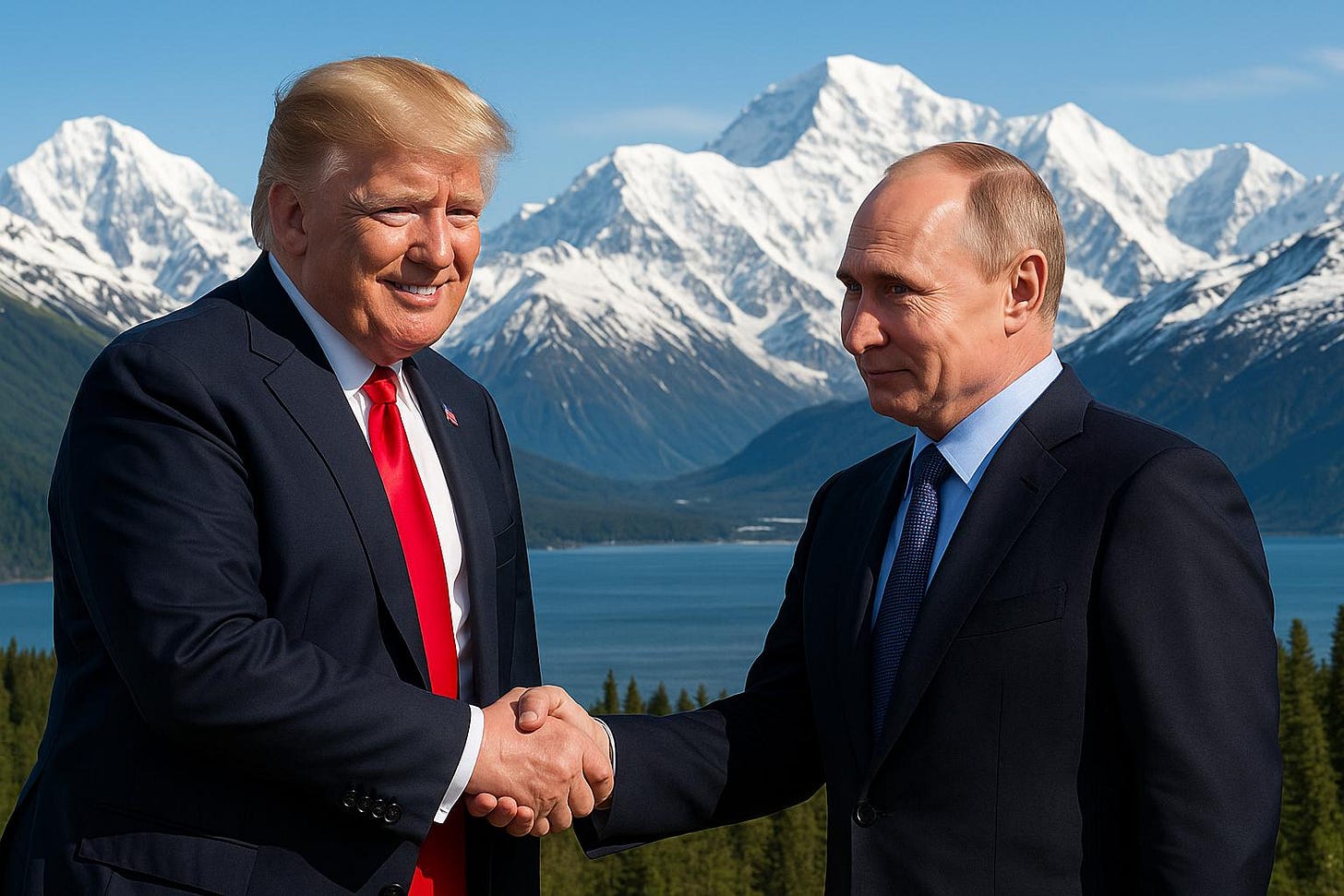Pathway to a US-BRICS+ Synthesis under Trump’s Second Term
by Tobias Pfennig
Tobias Pfennig outlines a geopolitical roadmap in which Trump’s second term enables a US–BRICS+ partnership that redefines the global economic order.
1. Context and Initial Assessment
After 2022, Russia sought to create an alternative multipolar order together with Iran, North Korea, and other anti-imperialist states as a counterweight to the Western New World Order (NWO) — itself revealed in the COVID “plandemic” era.
This Russian-led vision depended on a rapid and decisive victory in Ukraine. That victory did not occur.
Russia lacked a viable Plan B.
In the following years, Moscow attempted to pivot towards launching a global BRICS currency — a democratic trade settlement system in which the value of goods and services between nations would be benchmarked without the US dollar, enabling direct state-to-state commerce outside of dollar hegemony. This was to be unveiled at the 2024 BRICS Summit in Kazan.
It did not happen.
2. Causes of the Stall
Diplomatic fragmentation between India, China, and other BRICS members
Lack of expert infrastructure to execute the project
Corruption and bureaucratic inertia inside Russia’s own apparatus
Aggressive counter-offensive from the US-led Deep State NWO since 2024, resulting in:
• The assassination of President Raisi
• The destabilization and removal of Assad
• The dismantling of the Axis of Resistance
• The weakening of Iran
• The loss of strategic position in the Caucasus
While Russia may eventually still achieve military success in Ukraine, global confidence in Russia’s ability to architect an alternative economic order has diminished.
Without a pivot, Russia risks strategic decline and potential collapse similar to Syria’s trajectory.
3. The Trump Factor
Donald Trump was never truly under Deep State control.
In fact, the Deep State attempted to remove him — politically, legally, and even physically.
In his second term, Trump understands a key truth:
Exposing the Epstein network in full would cause massive institutional collapse — damaging the FBI, CIA, and core US structures, potentially triggering economic destabilization on a global scale.
Trump is a patriot first. He refuses to risk the collapse of the US — and by extension, the global economy.
Instead, he is methodically replacing key positions (Project 2025) to weaken and remove Deep State influence from within, while avoiding direct institutional implosion.
Trump’s ego and legacy drive mirror Putin’s. Both men seek to be remembered as historic architects of a new global order. Trump is highly motivated by the Nobel Peace Prize.
4. Strategic Opportunity: US–BRICS+ Synthesis
The Reality:
Russia alone cannot successfully launch a global BRICS currency now.
The US remains the world’s most significant trade partner.
The dollar, under the Federal Reserve and Deep State control, is the problem — but Trump is already in a war against that apparatus.
The Proposal:
Transform the BRICS currency vision into a joint US–BRICS+ initiative, co-branded under Trump and Putin.
Position it not as “anti-West,” but as a democratic global trade system where no nation dominates — a multipolar market architecture.
Allow the US to be a founding member through Trump, bypassing the Deep State’s control over the dollar.
Frame this as legacy politics:
Trump: The President who saved America and reshaped the world order.
Putin: The leader who co-created a global economic system beyond Western hegemony.
5. Outcome and Benefits
Prevents World War III by binding the US, Russia, China, and others into mutual economic interdependence
Protects US leadership but shifts it from dominance to partnership
Restores Russian strategic relevance after recent setbacks
Delivers Trump the Nobel Prize-level legacy he craves
Creates the first truly democratic trade settlement system in world history
6. The Alaska Meeting — Key Talking Point for Putin and Trump
“Let us design a global trade system together — not BRICS versus America, but BRICS+USA — a fair, multipolar economic architecture that saves the world from war and gives both our nations a place in history.”


Fingers crossed [hoping you are right].
Trump is deep-state. He is crypto globalist, all globalist elites are zionist and most of them are J 0 o z. No progress until you have courage to address this obvious fact.